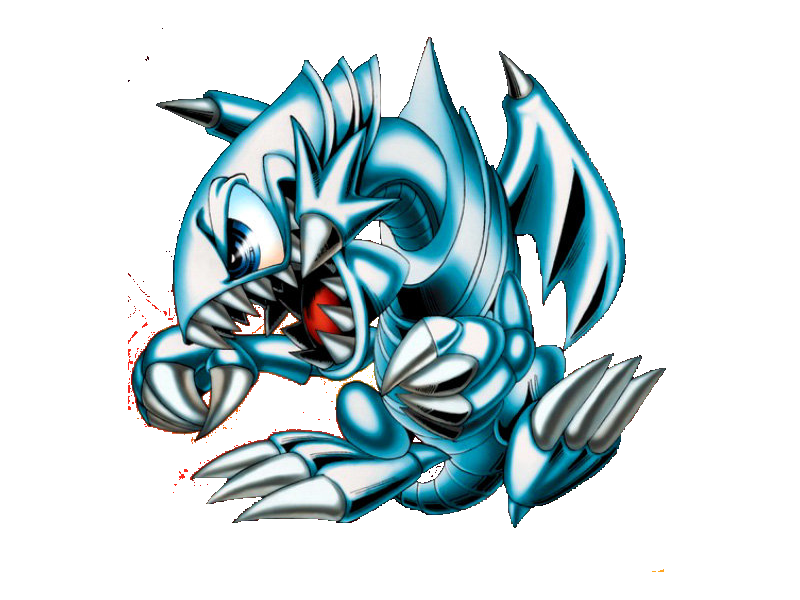

This is in line with the known habitat characteristics of the species: they thrive in warm temperate climates in the Southern Pacific, and in circumtropical and Lusitanian environments. Glaucus atlanticus was recently found in the Humboldt Current ecosystem in Peru in 2013, and off Andhra Pradesh in India in 2012. Since the middle of the 19th century, records of this species have been reported on the Azores. atlanticus species geographical range increased northward by 150 km in the Gulf of California. It has been recorded from the east and south coasts of South Africa, European waters, the east coast of Australia, and Mozambique. This nudibranch is pelagic, and there is some evidence that it occurs throughout the world's oceans, in temperate and tropical waters. The radula of this species bears serrated teeth, to which, paired with a strong jaw and denticles allows it to grasp and "chip down" parts of its prey. Due to this, they usually feed on Cnidarians, which can have effects on them as often times we can hear Glaucus Atlanticus’ making noises when feeding on Cnidarians due to air escaping their stomachs. Glaucus Atlanticus is usually found in tropical/subtropical areas, where they are found floating at the top of ocean due to the stored gulped air inside their stomachs. The papillae are placed in a single row (uniseriate) and may be up to 84 inches total, (Forster, 1777). Ĭerata, also known as papillae, extend laterally from three different pairs of peduncles. It has a flat, tapering body and six appendages that branch out into rayed, finger-like cerata. It is silvery grey on its dorsal side and dark and pale blue ventrally. It can live up to a year under the right conditions. Description Īt maturity Glaucus atlanticus can be up to 3 cm (1.2 in) in length, though larger specimens have been found. It shares the common name "blue dragon" with Pteraeolidia ianthina and Glaucus marginatus. This species looks similar to, and is closely related to, Glaucus marginatus, which is now understood to be not one species, but a cryptic species complex of four separate species that live in the Indian Ocean and Pacific Ocean. Humans handling the slug may receive a very painful and potentially dangerous sting. This sea slug stores stinging nematocysts from the siphonophores within its own tissues as defence against predators.

Glaucus atlanticus feed on other pelagic creatures, including the Portuguese man o' war and other venomous siphonophores. The silver/grey side of the sea slugs faces downwards, blending in with the sunlight reflecting on the ocean's surface when viewed facing upwards underwater.

Glaucus atlanticus makes use of countershading: the blue side of their body faces upwards, blending in with the blue of the water. These sea slugs are pelagic they float upside down by using the surface tension of the water to stay up, where they are carried along by the winds and ocean currents. Glaucus atlanticus (common names include the blue sea dragon, sea swallow, blue angel, blue glaucus, dragon slug, blue dragon, blue sea slug and blue ocean slug) is a species of small, blue sea slug, a pelagic (open-ocean) aeolid nudibranch, a shell-less gastropod mollusk in the family Glaucidae.


 0 kommentar(er)
0 kommentar(er)
